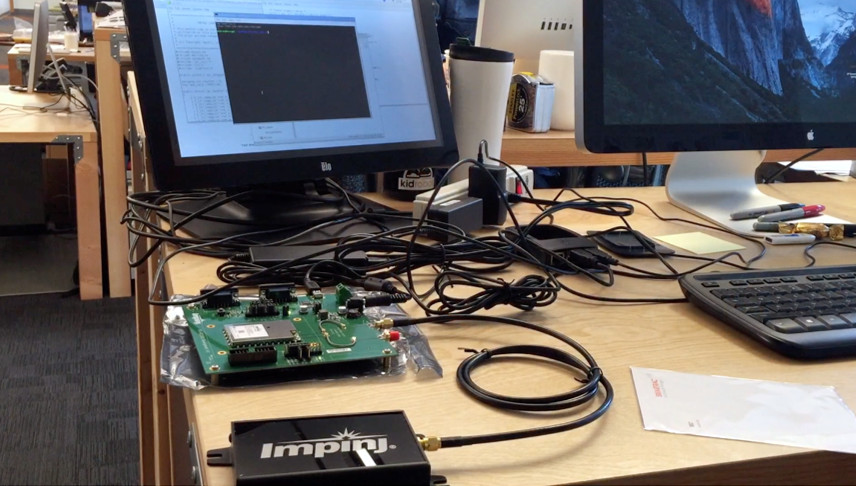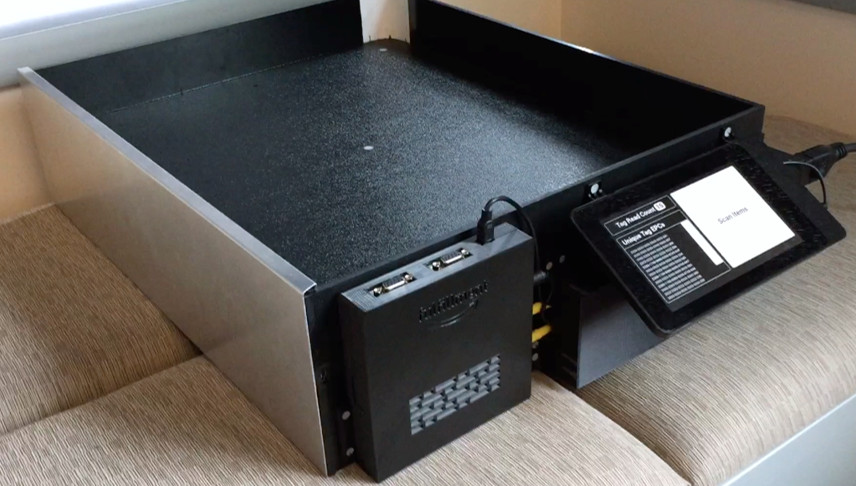



RFID Inventory Cart
In my role with Amazon Fulfillment Technology, I worked with a team of UX researchers, UX designers, and Design Technologists to design, build, and test a fully functional, patented appliance that enabled fulfillment center associates to quickly and accurately count RFID-tagged merchandise at Amazon's fulfillment centers.



In fulfillment centers handling small, high-value inventory (such as jewelry and smartphones), Amazon conducted regular audits to ensure inventory accuracy. In 2016, this process involved associates manually scanning each item against a database, a labor-intensive workflow that our team lead estimated cost the company $26 million annually.
Inventory Control management sought to dramatically reduce this cost while improving the user experience for associates. At the time, RFID technology was becoming a standard tool for inventory automation, and our team was tasked with investigating its potential application.
The solution needed to fit the rolling carts already in widespread use across fulfillment centers, and had to account for stacked or touching items within a compact working area.
We conducted field research at multiple fulfillment centers, observing inventory audits firsthand and interviewing associates to document challenges with the existing process. Using these insights, we developed usability requirements and designed a custom tray insert for the mobile carts.
The tray housed a series of RFID cable antennas arranged in a novel configuration, enabling the system to perform successive reads and ensure accurate tag counts even when products were stacked or in contact.
With the physical design finalized, Impinj RFID reader hardware selected, and fabrication underway, I developed the software stack. My work included:
- Consulting with an internal RFID engineer to optimize the reader configuration
- Writing the reader firmware in C
- Building the controller on a Raspberry Pi
- Developing a high-contrast UI with Nodejs that continuously displayed item counts and system status
- Building bash scripts to handle operating logic between the UI and reader firmware
- Developing NoSQL local storage and logic for periodic offloading of data
The system was deployed and tested in fulfillment centers in the United States and Japan over a two-year period. Our design received a patent, and the success of the project influenced the development of additional RFID-enabled devices across Amazon's fulfillment and grocery operations.